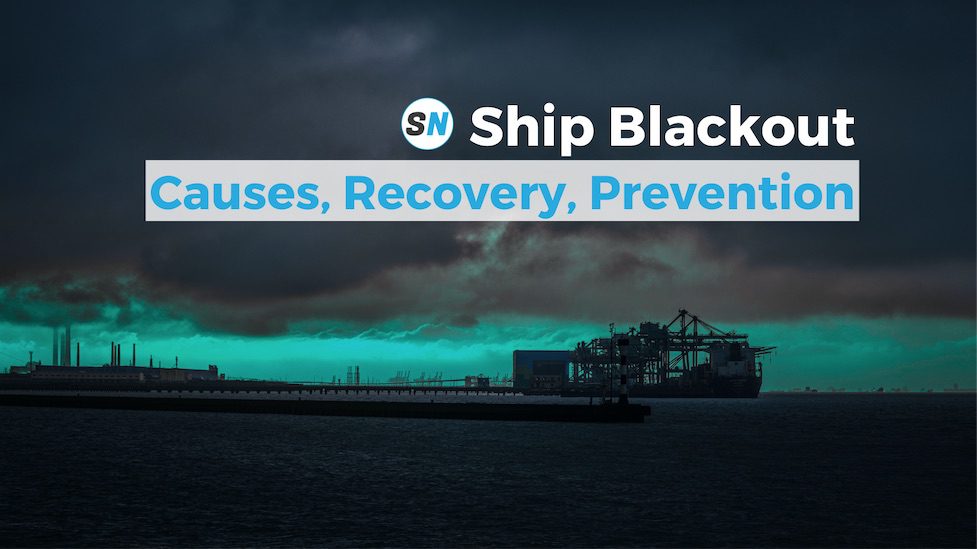28 November 2024
The reason why underwater cables are so expensive
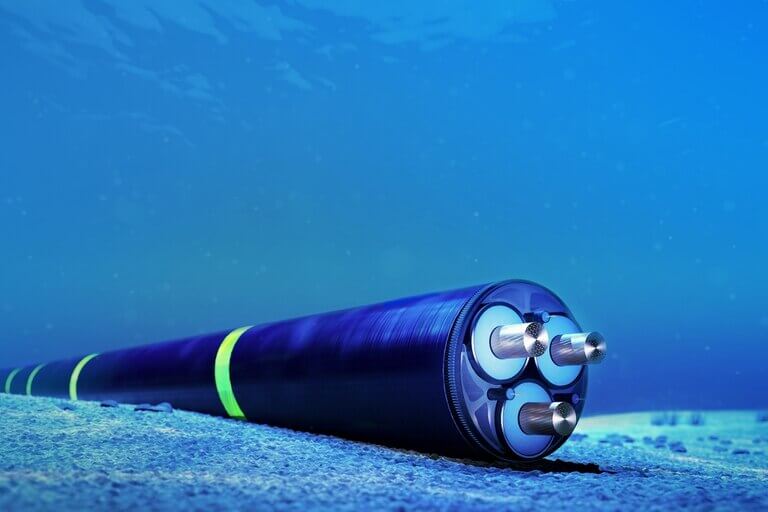
Why underwater cables are so expensive? Get up to speed on underwater cables construction, application, recycle while also advanced cable laying vessels.
Table of Contents
Introduction
Our world has used underwater power cables for decades to provide much-needed electrical energy and telecommunications connections to islands remote places, offshore platforms, and other areas with no on-site power sources.
Nowadays with the advent of offshore wind farms and other natural energy plants, many of these underwater cables also move in the other direction bringing power and energy from the seas.
As you might expect, these cables are of very high standards. Not just for handling this amount of power but also to withstand the many threats presented by the ocean floor. From the conductors to the insulation and armoring processes these cables are truly a masterpiece of advanced technology.
Construction
This advancement has also led to an enormous increase in prices. Specifically, many of the cable designs costing as much as 400 dollars per foot.
When you consider the hundreds of thousands of miles of these cables currently crisscrossing the global sea floor, it’s not hard to see the massive investment both private and public organizations are putting in the transportation and distribution of energy. In the past, you may have needed two cables. But now you can do it in one with the same power. That means it’s much more cost-efficient and of course, the whole installation around the construction will be more cost-effective.
The manufacturing process of these powerful submarine cables varies widely, depending on the voltage-carrying capacity and the distance that needs to be traversed.
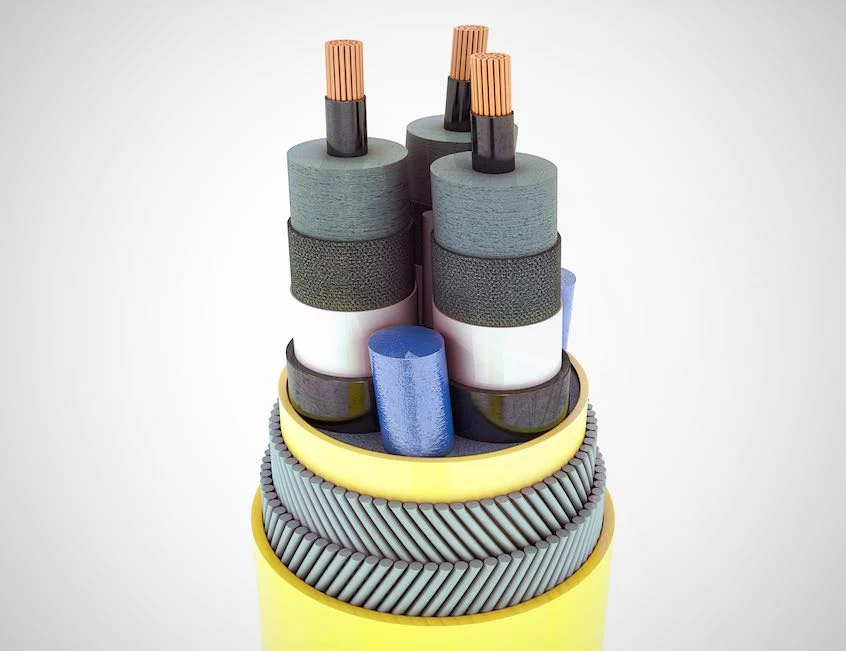
The cross-section of each cable reveals high-quality cables inside layers of galvanized steel. A plastic tube copper sheath and a small quantity of petroleum jelly. Around that, a protective copper or aluminum tube is installed. The remaining components are all directed toward protecting and shaping the cable. They include a lead or aluminum water barrier, stranded steel wires, and mylar tape. Moreover, a final wrap of polyethylene protects the entire cable from damage and corrosion.
Cable Application
To more easily facilitate the installation of the cable, most manufacturing facilities position the cable directly onto large metal rollers. Hence, they can directly transfer onto the laying vessels.
Moreover, to connect individual offshore units, these special cable-laying vessels first do an underwater inspection of the laying path to ensure there are no barriers. Particularly, using a remotely operated underwater vehicle or ROUV, it makes contact with the pre-installed messenger wire on the offshore unit.
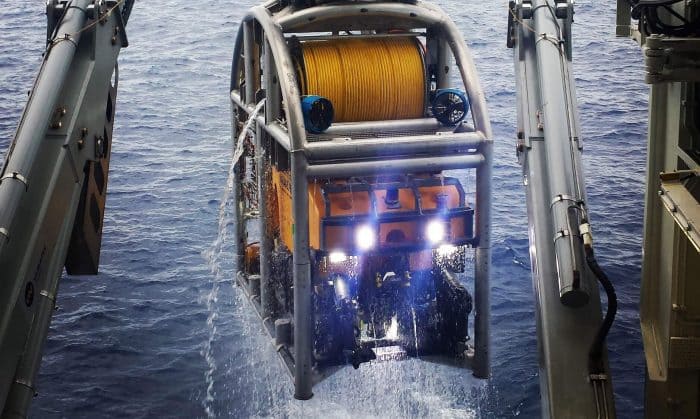
This messenger wire is then pulled aboard and connected to the cable head. The cable is now ready for deployment. Thus, cautiously check with the ROUV each section as it makes contact with the bottom. As the cable lays down, workers indicate precisely where it needs cutting and the process repeats at the opposite end. A special remote-controlled trench robot will then bury the freshly laid length of cable.
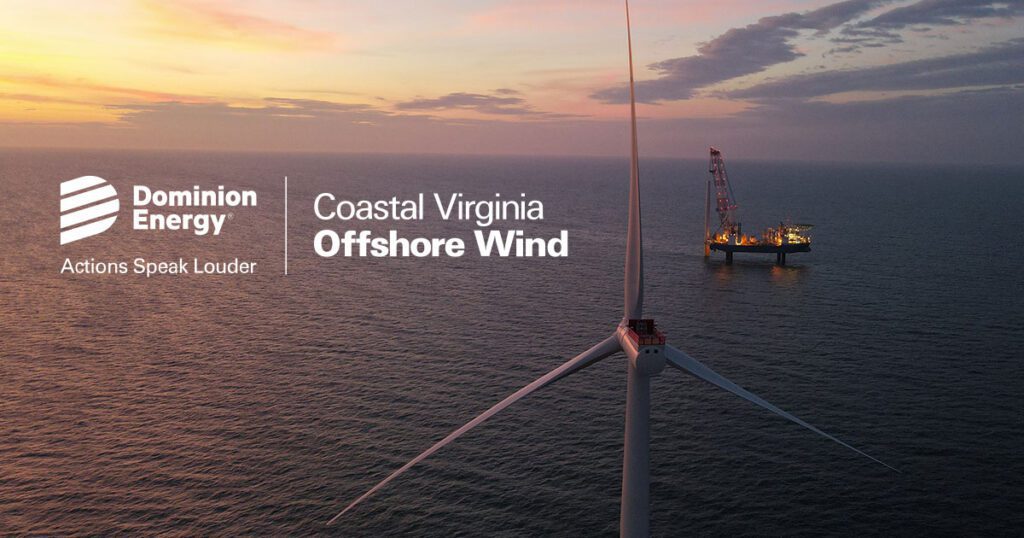
Hellenic Cables completes Offshore Wind cable supply
Hellenic Cables completes manufacturing and loading for shipment of inter-array cables for the Coastal Virginia Offshore Wind (CVOW).
Ship Nerd
Cable Recycle
Due to their robustness underwater cables have a lifespan of up to 25 years. After retirement, the cable can remain inactive on the ocean floor or retrieved for recycling. Once they are decommissioned and removed from the ocean, they are processed at a special recycling plant.
First, cutting the cables into manageable sections, usually around two or three feet long. They are then fed into a special machine that cuts the cable open, revealing each component. The insulation is stripped away and the vital metal and electronic sections are piled up for reuse.
These old cables still contain millions of dollars worth of material that is reusable many times over for diverse purposes.
Specialized Vessels
Despite all the impressive technology that goes into cable manufacture today, underwater cables have actually been around for over 150 years. Indeed, the very first transatlantic telegraph cable laid between 1854 to 1858. Note that, it was capable of sending entire messages in a matter of minutes from Ireland to Newfoundland. Of course, back then these cables were laid haphazardly by slow-moving steamships.
Today, the application will take place by specialized vessels with unique rotary sections for cable storage and deployment. Built with special mooring and propulsion systems which enable them to reduce motion when operating in both shallow and deep water. The interior of these unique vessels is equally intriguing. The most notable is the way the entire center of the ship dedicates to the cable-laying process.

There are thousands of feet of tether for the ROUVs in addition to the underwater cables. Therefore, vast sections of the ship completely dedicate to storage space. Additionally, the vessels have specially equipped sections from which the movements of the ship cable laying devices and ROUVs can coordinate via remote control.
As we continue to see an increase in the demand for offshore power no doubt these massive cable-laying vessels will become a more frequent site on oceans and lakes all around the world.
Challenges
However, this process is still susceptible to a variety of unique challenges and problems. To reduce some of these dangers, the installation team will plow the seabed and bury the cables. Fishing vessels and anchoring ships still remain a danger to even the most insulated cable designs. A single disturbance or one misplaced anchor and entire island nations could lose power and communications for days at a time.
There have been reports of sharks and other marine predators biting the undersea cables potentially putting holes in the insulation that may lead to corrosion down the line.
Since repairing the cable involves dredging up the damaged section and carefully replacing it at sea, one can only hope technology will find a way to render these threats far less damaging.
See Also

Underwater cleaning of ship hull – Explained
This is everything you need to know about commercial underwater cleaning operations for a ship hull and its dangers.


